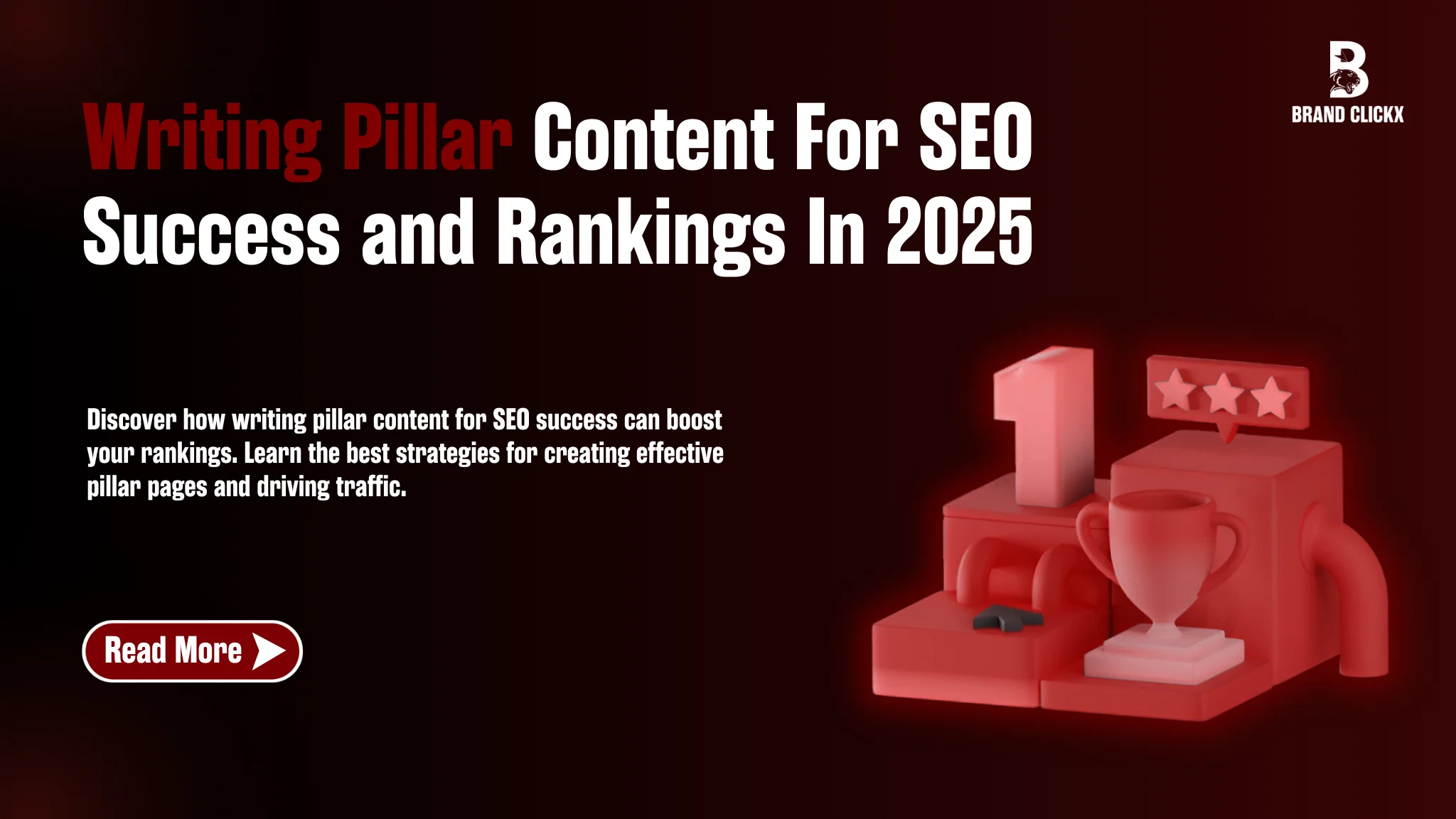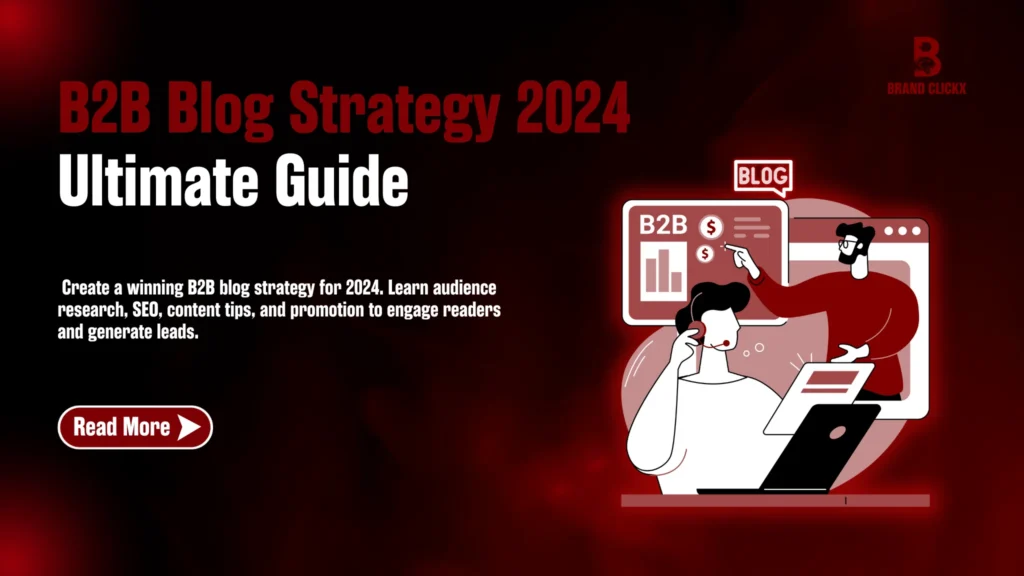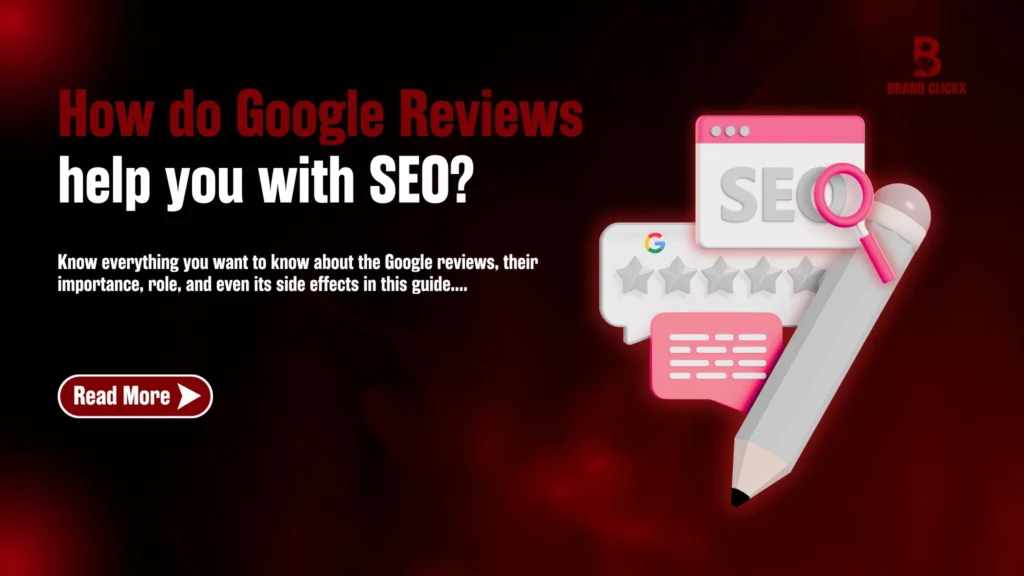SEO is more than just adding keywords to a page. It’s about creating valuable, well-structured content that users and search engines love. So, to please both, you need to design strong SEO strategies. One of the top SEO strategies is pillar pages.
A pillar page acts as the foundation of a topic. It provides a broad overview while linking to detailed subtopics (cluster content). This structure makes content easy to navigate and helps improve search rankings.
Want to learn about writing pillar content for SEO success? Keep reading—this guide will break it all down for you!
Pillar Content and Topic Clusters
Pillar content is like the main hub of a topic. It’s a long, detailed guide that covers everything important about a subject. But instead of explaining every little detail in one place, it links to smaller, focused articles (called cluster content).
This structure makes your website easy to navigate. It also helps search engines understand your content better. Google sees the connections between your pillar page and related subtopics. This boosts your rankings and makes your site an authority on the topic.
How Pillar Content Works (With Example)
Imagine you’re writing about digital marketing. That’s a huge topic, right? Instead of writing one super long and overwhelming article, you create a pillar page that gives a broad overview. Then, you link to detailed posts about each subtopic.
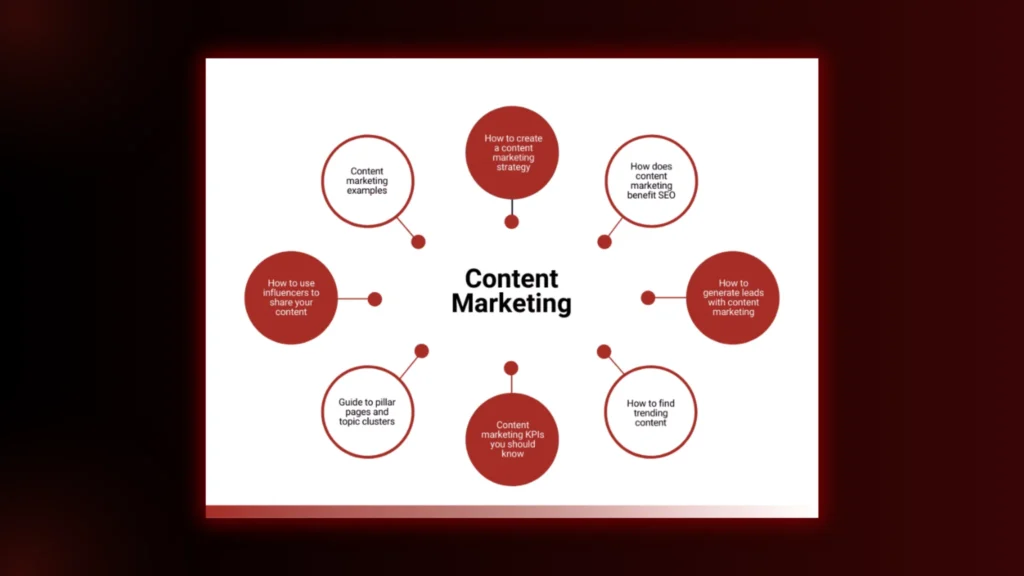
For Example:
Pillar Page: Content Marketing
Cluster Content:
- How does content marketing benefit SEO
- Content Marketing Examples
- How to find Trending Content
Why This Works for SEO
SEO isn’t just about stuffing keywords. It’s about making your content:
- Easy to navigate
- Valuable
- Connected
A strong pillar-cluster strategy helps in multiple ways.
1. Creates Strong Internal Linking
Google is smart, but it still needs hints to understand how your content is connected. When you link a pillar page to multiple related articles, it shows Google a clear content structure.
Imagine your website as a big library. Your pillar page is the main catalogue that organizes everything neatly. If Google sees well-linked, organized content, it will likely rank your site higher.
Users benefit, too. They can click through to more detailed content instead of leaving your site after reading one page. This keeps them engaged longer.
2. Boosts Domain Authority
Think of your website as a team. Each piece of content should work together to build credibility.
When your pillar page links to several in-depth articles, it sends a signal to Google that you’re an expert on this topic.
Over time, this improves your domain authority. Search engines begin to trust you more. A higher domain authority helps all your pages rank better.
3. Keeps Users on the Site Longer
If a visitor lands on your pillar page and see useful, easy-to-access links to deeper content, they will stay longer, read more, and engage more.
Search engines notice this. They assume your content is valuable and reward you with higher rankings.
4. Increases Organic Traffic
A single blog post can only rank for a few keywords. A well-structured pillar page, supported by multiple subtopic pages, covers a broad range of search terms.
For example, a pillar page on weight loss tips can rank for big keywords like:
- Best weight loss strategies
- Healthy ways to lose weight
Meanwhile, the linked cluster pages can rank for longer, more specific searches like:
- Best diets for losing belly fat
- How to lose weight without exercise
This multiplies your organic traffic potential. Each page brings in visitors from different searches. More traffic means more chances to convert readers into leads or customers.
Also Read: Top 6 SEO Content Silos For A Better Website Structure
The Perfect Structure of a Pillar Page
A great pillar page has a simple, clear structure. It should be easy to read and navigate.
Start with an introduction. Give a quick overview of the topic and why it matters.
Use headings and subheadings to break things up. Add bullet points, lists, and visuals to make reading easy.
Link to related articles throughout the page. This helps both users and search engines understand the connection between topics.
Check out the pillar page, The Ultimate Guide to SEO in 2024, on HubSpot.
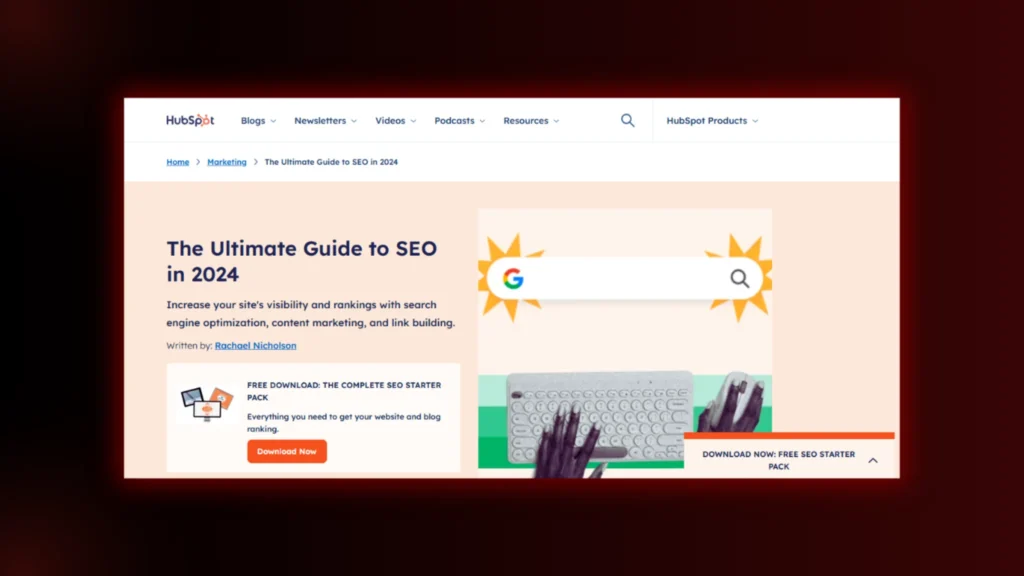
How to Pick the Right Pillar Topic
Your topic needs to be broad but not too broad. It should be something your audience actually searches for.
Use keyword research tools like Google Keyword Planner or Ahrefs. Look for topics with solid search volume but not crazy competition.

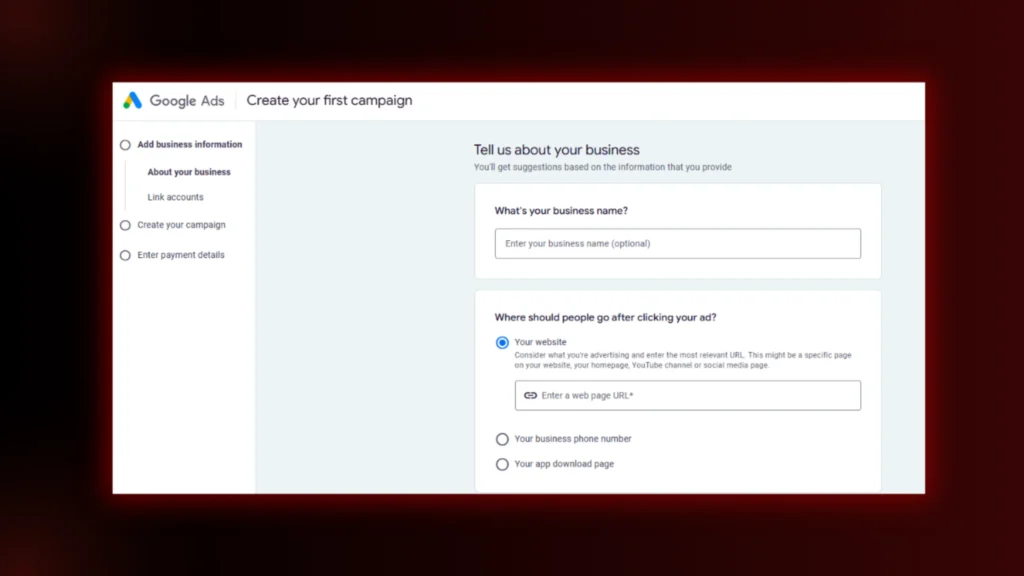
Make sure your topic can support multiple subtopics. If you can write at least five related articles, you have a great pillar idea.
Structure For a Pillar Page
A strong pillar page is well-organized and easy to follow. It should help both readers and search engines understand your content. Let’s break down how to build one.
Introduction
Start with a clear introduction. Keep it simple. Explain the main topic and why it matters. This gives readers a reason to stay. Tell them what they will learn and why it’s useful.
A strong intro sets the tone and grabs attention. It should be brief but informative.
Read the introduction below in the screenshot. It is clearly telling what to expect and how it is grabbing attention!
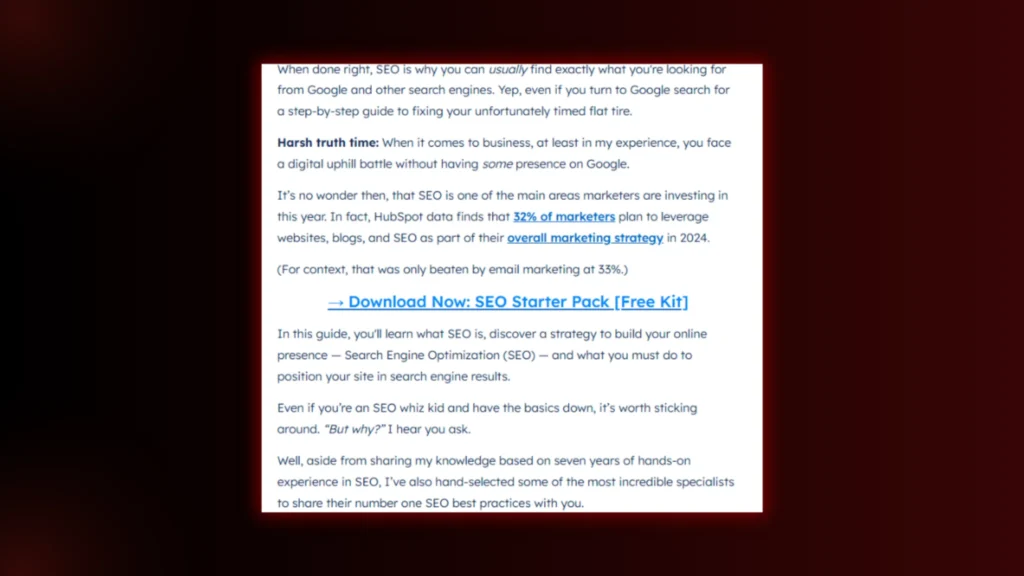
Table of Contents
A table of contents is a must. It helps readers find what they need quickly. By clicking on the links, they can jump directly to the sections that interest them.
This makes your content easy to skim. It also keeps readers engaged.
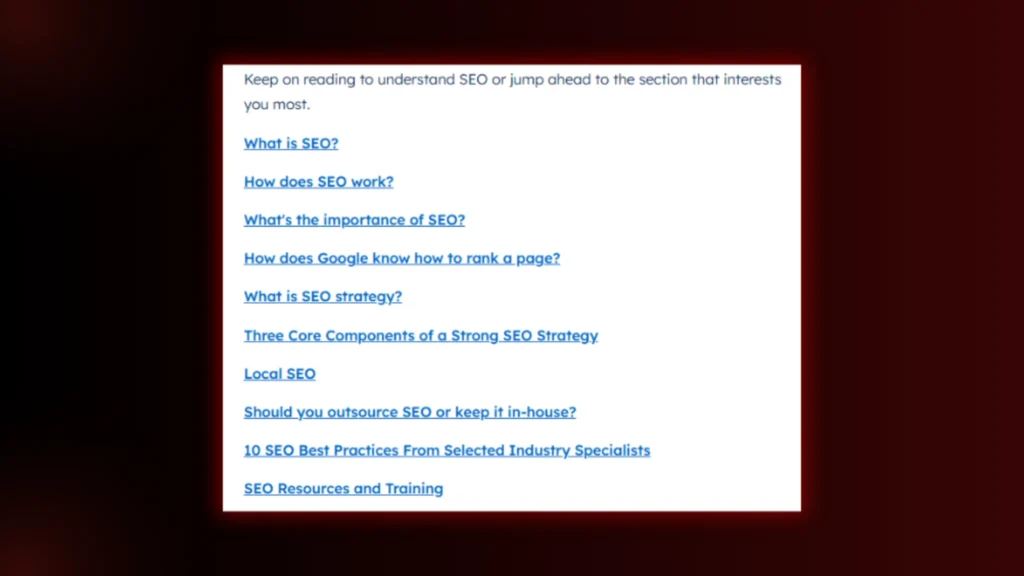
Main Sections
Now, break the topic into sections. Each section should cover one subtopic. Keep paragraphs short and easy to read.
Each section should lead to the next. Use headings to guide the reader. This keeps your content flowing and digestible.
Internal Links
Add internal links to related content. This helps readers dive deeper into specific areas.
It also keeps them on your site longer. The more connected your content is, the more value it provides. Internal links are key for better SEO, too.
Check out internal links on a pillar page below:
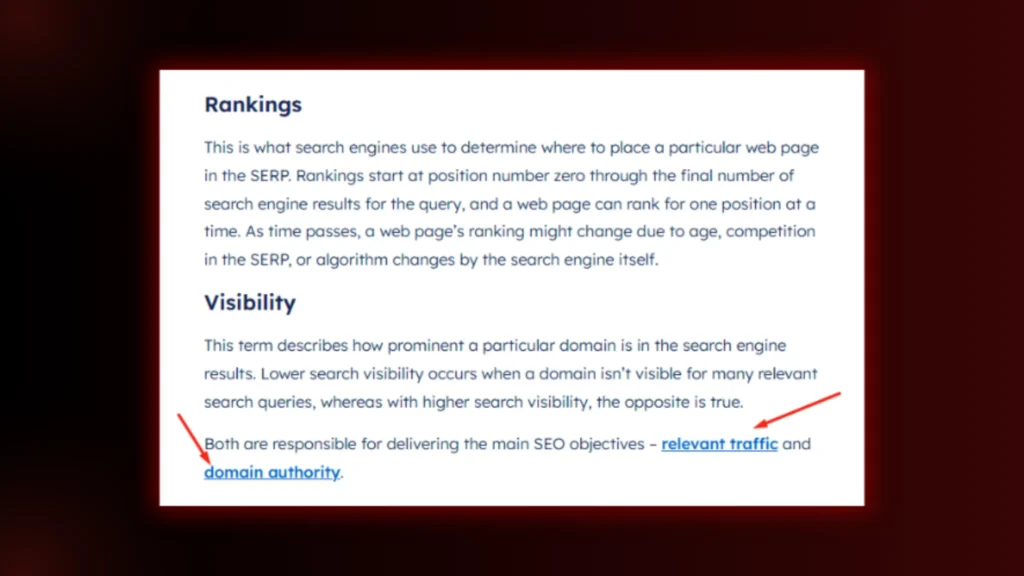
Call-to-Action (CTA)
Always include a clear CTA. It could be a link to a newsletter, a free download, or related articles.
A good CTA leads the reader to the next step. It should feel natural, not forced. Make sure it’s relevant to the content.
Read Blog Posts:
- Top 6 Conversion-Driven SEO Tactics in 2025
- Basic Concept Of SEO Keyword Research For High Competition
FAQs
1. Is Pillar Content Good for SEO?
Yes, pillar content is great for SEO. It organizes information clearly and links to related topics. This helps search engines understand your content better. It also keeps users on your site longer, which improves rankings.
2. What Kind of Content Is Best for SEO?
The best content is helpful, well-structured, and easy to read. Guides, how-tos, case studies, and in-depth blogs work well. Content that answers user questions and includes keywords naturally performs best.
3. How to Write Pillar Content For SEO?
Start with a broad topic. Break it into smaller sections. Link to detailed articles on subtopics. Use clear headings, short paragraphs, and internal links. Make it easy to navigate and engaging to read.
4. What Are the Pillars of SEO?
SEO has four main pillars:
- On-Page SEO – Optimizing content, keywords, and structure.
- Off-Page SEO – Building backlinks and credibility.
- Technical SEO – Improving site speed, security, and indexing.
- Content – Creating valuable, relevant content for users.
Final Thoughts
A good pillar content strategy is like building a strong web of information. It connects content in a way that helps both users and search engines. More structure. More authority. More engagement. More traffic. That’s why it works.
Need expert help with SEO? At Brand ClickX, we specialize in data-driven SEO strategies that drive real results.
We build high-performing pillar pages. We optimize your content for search engines. Schedule a Free SEO Consultation. Let’s grow your business together.

